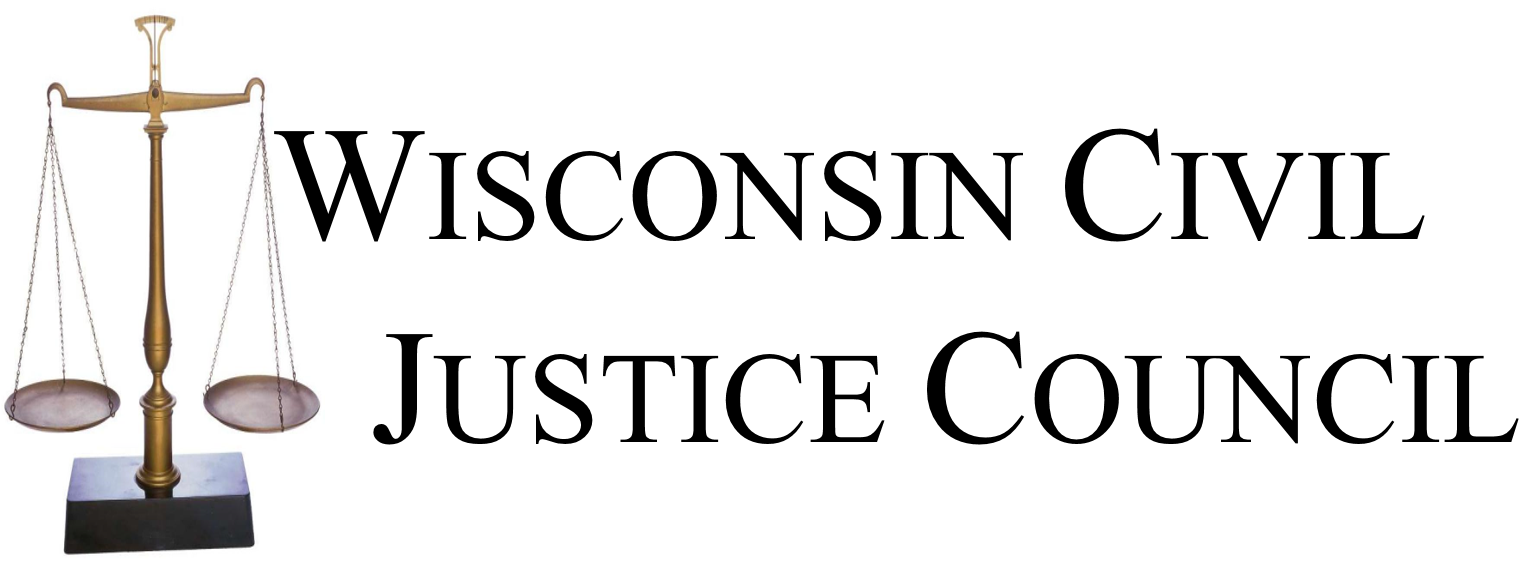This morning the United States Supreme Court issued four decisions, including the global warming standing case American Electric Power Co. v. Connecticut and the class action certification case Wal-Mart v. Dukes.
American Electric Power Co. v. Connecticut
This is the Court’s first opinion on climate change since it ruled in 2007 in Massachusetts v. EPA that greenhouse gases are “pollutants” subject to Clean Air Act regulation.
Wisconsin (before it dropped out of the case) was one of eight states that sued defendant utilities, American Electric Power Co., Southern Co., Xcel Energy Inc., the Tennessee Valley Authority, and Cinergy Corp., for their alleged contribution to global warming. The states were asking the court to impose stricter greenhouse-gas regulations than those currently imposed by the EPA by declaring CO2 a nuisance.
The Court unanimously ruled that the Clean Air Act and EPA action authorized by the Act displaced any right under federal common law to sue for reduction of carbon dioxide emissions from these companies.
Opinion author Justice Ruth Bader Ginsburg emphasized the role of the EPA compared to the courts. “The critical point is that Congress delegated to EPA the decision whether and how to regulate carbon-dioxide emissions from power plants; the delegation displaces federal common law,” and “[i]t is altogether fitting that Congress designated an expert agency, here, EPA, as best suited to serve as primary regulator of greenhouse gas emissions. The expert agency is surely better equipped to do the job than individual district judges issuing ad hoc, case-by-case injunctions. Federal judges lack the scientific, economic, and technological resources an agency can utilize in coping with issues of this order.”
The Supreme Court split 4-4 on the issue of whether the U.S. Court of Appeals for the Second Circuit had jurisdiction to hear this case in the first place, questioning the states’ standing to sue. Justice Sotomayor abstained from the entire case since she sat on the lower court whose opinion was being reviewed.
Justice Alito, joined by Justice Thomas, wrote a short concurrence. Justice Alito made clear that he agreed with the Court only on the assumption that Massachusetts v. EPA interpreted the Clean Air Act correctly since the merits of that opinion were not at issue. This could be a signal that Alito and Thomas would reconsider the holding in Massachusetts v. EPA if the issue were before them.
The outcome is viewed as a win for the Obama administration and industry, both of which would rather regulate climate change through the EPA (if at all), and a defeat for environmentalists who had previously been successful at advancing their goals in the courts. However, the courts may not be completely off limits. The Court remanded the questions of whether parties can take action against utilities under certain state laws to the U.S. Court of Appeals for the Second Circuit.
Wal-Mart v. Dukes
The 5-4 majority in Wal-Mart reversed the decision of the Ninth Circuit which certified a class of hundreds of thousands of female employees of Wal-Mart who claimed they were discriminated against through pay and promotion policies.
Justice Scalia authored the majority opinion, which was joined in full by Chief Justice Roberts and Justices Kennedy, Thomas, and Alito. The opinion held that the certification of the class violated Federal Rule of Civil Procedure 23(a)’s requirement that a party seeking certification prove that the class has common “questions of law or fact.”
“Here respondents wish to sue about literally millions of employment decisions at once. Without some glue holding the alleged reasons for all those decisions together, it will be impossible to say that examination of all the class members’ claims for relief will produce a common answer to the crucial question why was I disfavored.”
Justice Ginsburg filed an opinion concurring in part and dissenting in part, which was joined by Justices Breyer, Sotomayor, and Kagan. Ginsburg agreed that the class “should not have been certified under Federal Rule of Civil Procedure 23(b)(2),” but would have remanded the case since “[a] putative class of this type may be certifiable under Rule 23(b)(3) if the plaintiffs show that common class questions ‘predominate’ over issues affecting individuals— e.g., qualification for, and the amount of, backpay or compensatory damages—and that a class action is ‘superior’ to other modes of adjudication.”
This ruling means that the thousands of plaintiffs must pursue their claims individually. The ruling could affect other class-action lawsuits, such as those against tobacco companies and Costco, and is considered to be the most important employment case of the last decade.
The other two cases released today are Borough of Duryea v. Guarnieri, on the right of a public employee to petition for grievances under the U.S. Constitution, and Turner v. Rogers, on an individual’s right to counsel in a civil contempt hearing.
This post was authored by Hamilton Consulting Group’s intern Emily Kelchen, a recent graduate of the University of Wisconsin Law School.
